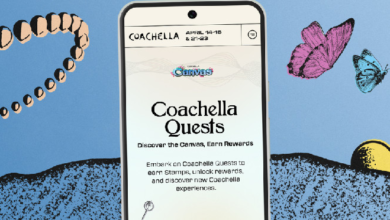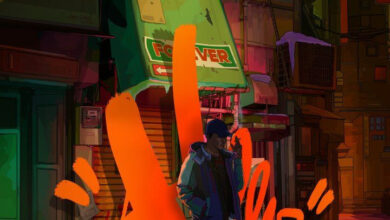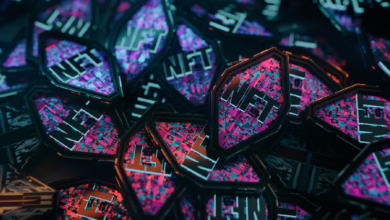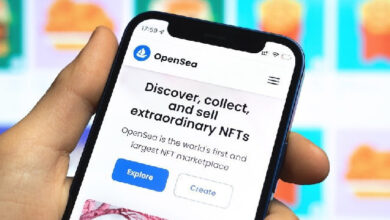Here’s Everything You Need to Know
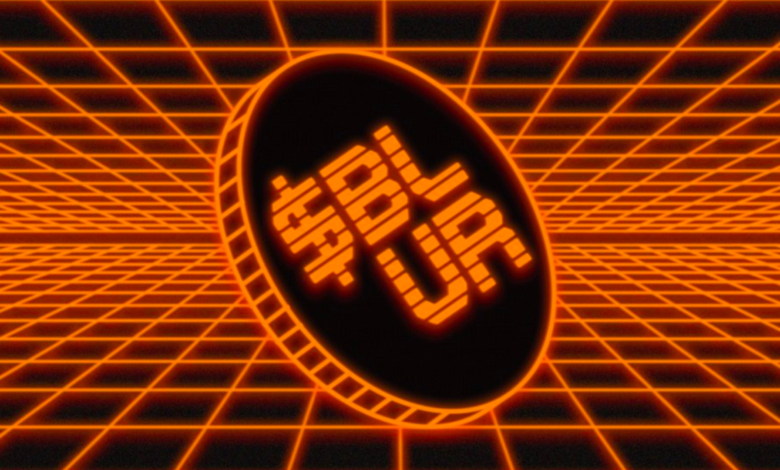
$BLUR is finally here. After delaying the launch of the platform’s native token in January, the NFT marketplace officially began letting users redeem care packages for the token at 1:30 p.m. ET on February 14, 2023. The run-up to the launch has been marked by much anticipation, with popular exchange Coinbase tweeting that it would list the token if liquidity conditions are met and Blur’s trading volume surging in the last month, cementing its spot as one of the top ten NFT marketplaces in existence.
How did Blur manage to do all of this in such a short time? And how is its token launch going? Here, we break down everything you need to know about the marketplace’s recent rise to NFT stardom and why the launch of its native token is such a defining event for the platform, its users, and Web3.
Blur’s Web3 appeal
Blur’s rise has been undeniable. Founded by Web3 dev Pacman and launched in October 2022, the low-fee, royalties-optional marketplace has seen over $430 million in trading volume in the last 30 days. That number is especially impressive given that Blur’s collective trading volume amounted to over $301 million between its launch in October 2022 to the end of December.
The marketplace’s success is the result of its strategy to target a specific demographic of Web3 user: the pro trader. Where platforms like OpenSea or Objkt appeal more to more casual NFT enthusiasts engaging in smaller trades on an occasional basis, Blur is meant to hook those who engage in high-volume trades with reasonable frequency. The marketplace’s stance on royalties, which has generally been to keep them as low as possible and allow traders the option to enforce them or not, speaks to this approach. This is also why, while Web3 giant OpenSea consistently has more daily active users, Blur rivals and occasionally surpasses the platform in trading volume.
What is $BLUR?
$BLUR is Blur’s long-awaited native token. It’s an ERC-20 governance token that will have a maximum supply of three billion. Twelve percent of that supply is allocated to airdrop holders, with another 78 percent delegated to two lock-up contracts and nine percent owned by a multi-sig wallet controlled by the Blur team. The earliest information out of CoinMarketCap put the token’s fully-diluted market cap at $14 billion, with a single $BLUR token currently being traded for just shy of $5.00, but the most recent figures drop both of those sharply to just under $2.5 billion and $0.69.
Users have been collecting $BLUR in the form of airdrops from the platform over the last few months. The first airdrop rewarded those who “stuck around in the bear market,” i.e., anyone who traded NFTs on Ethereum in the six months before Blur’s October launch. The second consisted of $BLUR care packages for platform users who listed NFTs on Blur (after meeting a certain threshold) from October 19 to December 5. The third was aimed at traders who placed bids on Blur and was the largest of the three airdrops. Active users who kept up with this system have greatly anticipated the launch of the token.
Pacman has said that Blur has done its best to avoid incentivizing volume as a Web3 platform, as this encourages wash trading, resulting in distorted metrics and a lower-quality product to offer its user base. Having incentivized liquidity instead via its second airdrop by rewarding users who listed NFTs on its platform (and giving no reward to users for the actual sale of those NFTs), they removed the wash-trading payoff. And with Blur’s third, bid-focused airdrop, the marketplace did much the same, especially by providing greater rewards to bids that were closer to floor prices and better reflected the actual market price of those NFTs.
$BLUR utility
$BLUR will be used as the marketplace’s governance token, allowing the platform to edge its way toward a more decentralized future. Blur is also taking a unique approach to the royalties debate with its token dynamics, as platform users who choose to uphold creator royalties are rewarded with more of the token.
Web3 will have to wait to see how Blur’s users react to the launch of the $BLUR token. Nansen, a Web3 analytics firm, recently highlighted how LooksRare users responded to that platform’s native token when it launched, noting that most holders either sold, transferred, or staked their token. For now, users should stay diligent to avoid malicious actors trying to siphon their tokens, as keen observers have noticed fake Blur token contracts being deployed to fool platform users who aren’t careful.
Token launches can do wonders for Web3 entities, but they must be properly navigated. For all Blur’s recent success, it doesn’t have the pedigree of an NFT mainstay like the Bored Ape Yacht Club. How its community responds to the launch (and what utility and value it brings them) is likely to have a massive impact on the future of the up-and-coming marketplace juggernaut. If they’re not careful, things could get real blurry real quick.


